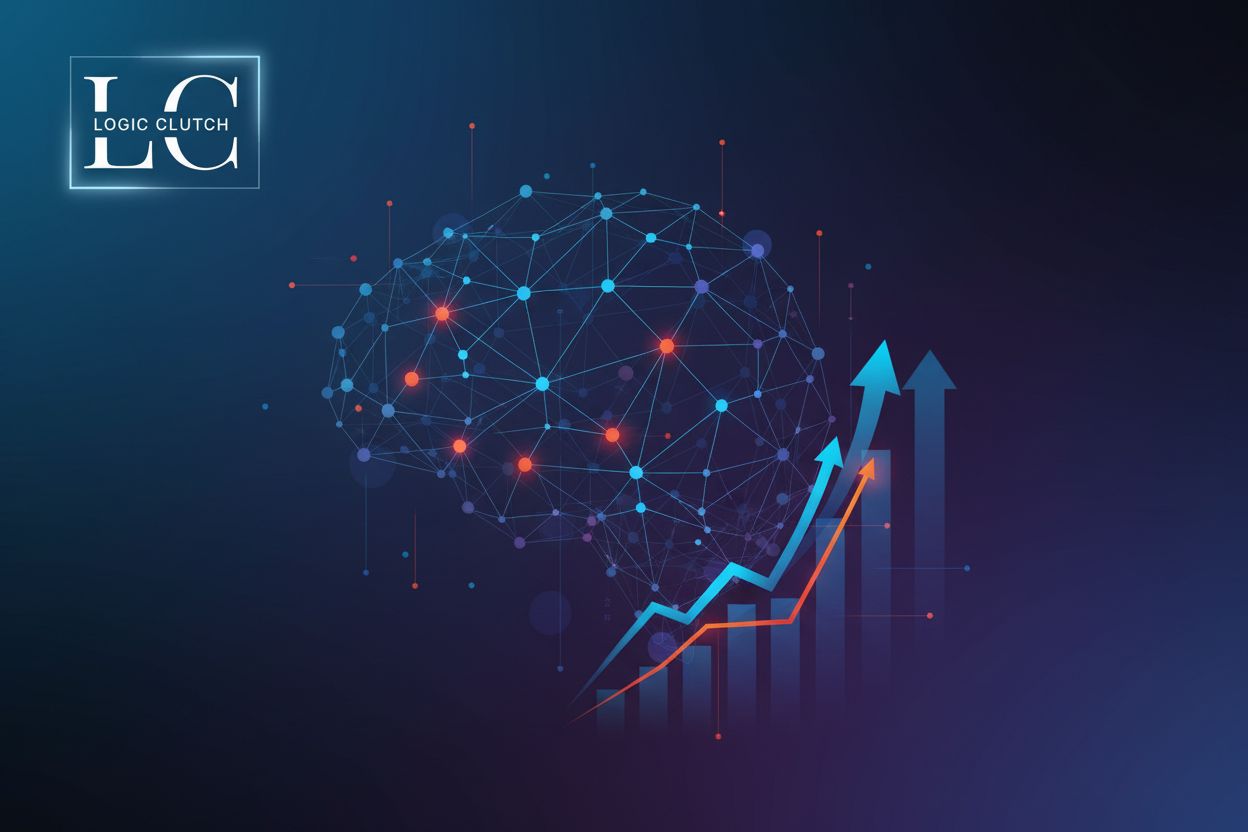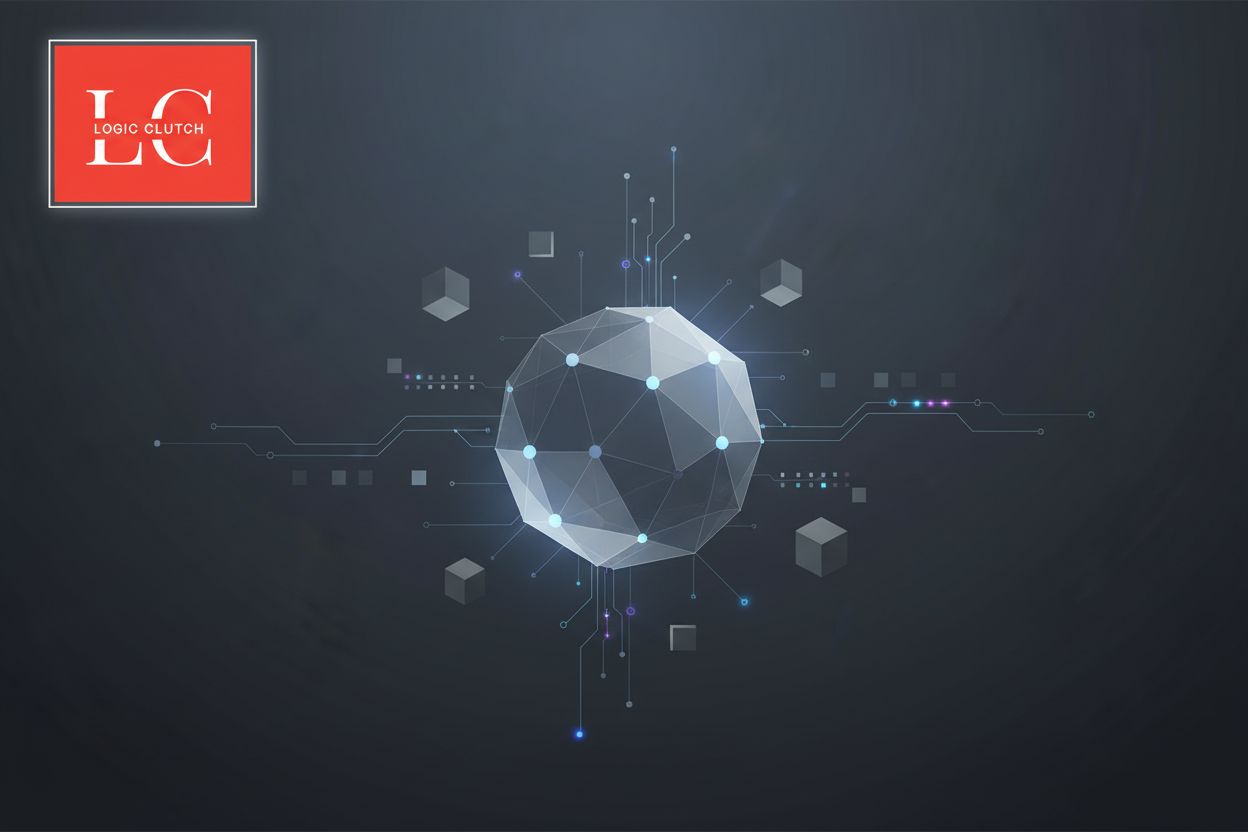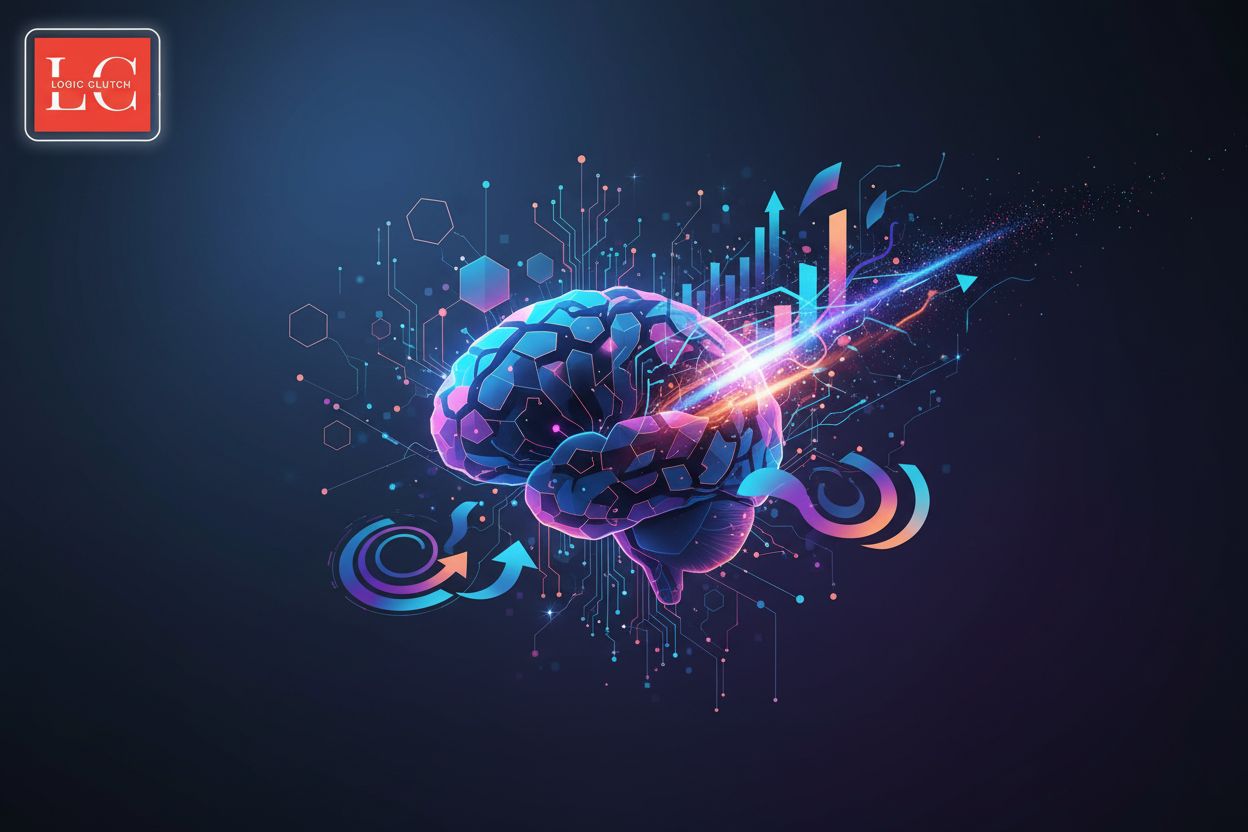Unlocking Business Value with Next Best Action in Salesforce
TL;DR
Understanding Next Best Action A Strategic Overview
Alright, let's dive into Next Best Action (nba). Ever feel like businesses are just throwing spaghetti at the wall, hoping something sticks with customers? Well, nba is kinda the opposite of that.
- Think of it as a super-smart decision helper. It ain't just some random suggestion; it's a system that figures out the most relevant thing a company should do for a customer right now. So, it's like, if a patient keeps missing appointments, nba would suggest a more convenient time—or maybe even telehealth, you know?
- It's all about pinpointing the ideal action for each customer at that specific moment in time. Like, if someone's been eyeing a product on an e-commerce site for like, a week, nba might trigger a small discount offer. It's all about timing, innit?
- It's fueled by a mix of stuff: real-time customer data, fancy predictive analytics, and clearly defined business rules. So, a bank might use it too offer a credit line increase based on recent spending habits, or a retailer could offer a free gift with purchase based on past buying habits.
See, we've moved away from just blasting everyone with the same ads to trying to be all personal and stuff. ai plays a huge role in understanding what makes each customer tick.
Traditional marketing was like shouting into a void. Now, it's about having a one-on-one convo. Data and ai is the new secret sauce for understanding, like, why customers do what they do. Knowing this helps to hyper-personalize the experiences.
Data and ai are crucial for sussing out customer behavior patterns. it's about knowing what folk want before they even know it themselves – kinda creepy, but also super helpful.
nba is a key part of modern crm strategies, which helps in healthcare, finance, for example.
Happy customers are loyal customers. Makes sense, right? If you're giving them what they want, when they want it, they're more likely to stick around.
Higher conversion rates. Showing the right offer at the right time can seriously boost sales.
Operations become smoother and costs come down. Automating these decisions means less wasted effort. Plus, it makes sure business goals are actually in line with what customers need.
So, basically, nba is about making things better for both the customer and the company.
Now that we understand the basics, let's move on to how this all fits into a broader strategy and what it means for the future.
Real-World Applications of Next Best Action
Did you know that Next Best Action (nba) isn't just some fancy tech buzzword? It's actually changing how businesses interact with customers—and it's happening right now. Let's take a look at some real-world examples of how nba is being used across different sectors.
Identifying upsell and cross-sell opportunities is like giving your sales team a superpower. Instead of just winging it, they can get ai-powered recommendations on what to offer customers based on their past purchases, browsing history, and even current needs.
Guiding sales reps with tailored recommendations means no more generic pitches. nba can analyze customer data to suggest the most relevant product or service, increasing the likelihood of a sale. It's like having a personal sales coach for every rep, you know?
Prioritizing leads based on likelihood of conversion is crucial. Not all leads are created equal, right? nba can score leads based on various factors, helping sales teams focus on the ones that are most likely to close.
Proactive issue resolution through predictive analytics is all about preventing problems before they happen. By analyzing customer data, nba can identify potential issues and trigger proactive interventions. For example, if a customer's smart home device is showing signs of malfunction, nba can automatically schedule a service call, avoiding a bad review.
Personalized support interactions based on customer history means no more starting from scratch with every call. Support agents can instantly access a customer's history, preferences, and past interactions, allowing them to provide faster, more relevant assistance.
Reducing customer churn with targeted retention offers is essential for long-term success. nba can identify customers who are at risk of leaving and trigger personalized retention offers, such as discounts, upgrades, or loyalty rewards.
Delivering relevant content and offers to customers is key to cutting through the noise. nba can ensure that marketing messages are tailored to each customer's specific interests and needs, increasing engagement and conversion rates.
Optimizing marketing campaigns with real-time feedback is a game-changer. nba can track the performance of marketing campaigns in real time and provide insights on what's working and what's not, allowing marketers to make adjustments on the fly.
Improving customer engagement across channels means creating a seamless experience, no matter how a customer interacts with your business. nba can coordinate messaging across different channels, such as email, social media, and mobile apps, ensuring that customers receive consistent and relevant information.
Financial services can offer tailored investment advice based on a customer's financial goals and risk tolerance. Healthcare providers can provide personalized treatment plans based on a patient's medical history and current health status. And retailers can recommend relevant products based on a customer's browsing history, as mentioned earlier. Manufacturing can use nba to improve supply chain efficiency by predicting potential disruptions and optimizing logistics.
See? nba is all about making smarter decisions that benefit both the business and the customer. Now, let's get into some strategic stuff and how nba fits into the bigger picture.
Implementing Next Best Action in Salesforce CRM
Implementing Next Best Action (nba) in Salesforce? It's not as scary as trying to assemble ikea furniture, trust me. Let's break it down, make it less of a headache.
First step is to look at Einstein ai. Think of it as the brains of the operation. It helps you predict customer behavior and figure out what actions are most likely to resonate.
Einstein ai offers a bunch of tools, including Einstein Prediction Builder. Einstein ai is your friend and it's gonna help you build predictive models without needing a phd in data science. You can predict things like customer churn, lead conversion rates – all that jazz.
Then there's Einstein Next Best Action, which is what actually delivers the recommendations to your sales and service teams. So, it's like, Prediction Builder figures out what to recommend, and Next Best Action makes sure the right people see it at the right time.
This is where you set the rules. You gotta define what your business goals are, and how nba can help you achieve them.
Set up recommendation criteria and filters. This involves telling the system what factors to consider when suggesting actions. You might prioritize offers based on profit margin, customer lifetime value, or even current inventory levels.
Don't forget to integrate data from all over the place – Salesforce objects, external sources, you name it. The more data you feed into the system, the smarter it gets.
You don't want your sales reps to have to hunt for nba recommendations, right? Embed nba components in Lightning pages so they're front and center. Make it easy for them to see and act on those suggestions.
Design intuitive interfaces that make sense for your sales and service reps. Think about how they work, what information they need, and how you can present it in a way that's clear and actionable.
Make sure your nba implementation integrates seamlessly with existing workflows. You don't want to disrupt their processes or add extra steps. It should feel like a natural part of their day-to-day work.
So, yeah, implementing nba in Salesforce takes some effort, but it's worth it. You'll be empowering your teams to make smarter decisions, improve customer experiences, and drive better results.
Now, let's talk about getting expert help with Salesforce nba implementation...
Data Integration and Management for NBA Success
Data is the backbone of any successful Next Best Action (nba) strategy—but just having data ain't enough, you know? You gotta get it all integrated and managed properly before you can even think about those sweet, sweet nba recommendations.
First thing's first: data quality is king. if your data is garbage, your nba is gonna be garbage too. Think about implementing some data validation and cleansing processes to make sure everything's accurate and reliable.
Data governance is key. Establish some clear policies on how data is collected, stored, and used. This ensures that everyone's on the same page and that data is used responsibly.
Like, imagine a healthcare provider using outdated patient info. That could lead to some seriously wrong treatment recommendations, right? Data governance prevents that.
Next up: connecting all the data silos. You can't just rely on Salesforce data; you need to pull in info from everywhere—marketing automation, customer service platforms, even those dusty old spreadsheets.
apis and middleware are your friends. Use them to create a seamless data flow between Salesforce and your external systems. This ensures that your nba engine has access to the most up-to-date info.
Don't forget about unstructured data! Things like customer emails, social media posts, and call transcripts can provide valuable insights. You'll need some fancy tools to analyze that stuff, though.
- Data security is crucial, especially with all the privacy regulations these days. Make sure you're encrypting sensitive data and implementing strict access controls.
- Stay compliant with regulations like gdpr and hipaa. Failing to do so could result in hefty fines and damage to your brand reputation.
- Monitoring data usage is a must. Keep an eye out for any suspicious activity and prevent unauthorized access.
Getting your data house in order is the foundation for a successful nba implementation. Now, let's talk about ai, machine learning, and predictive modeling...
Measuring and Optimizing NBA Performance
Wanna know if your Next Best Action (nba) strategy is actually, y'know, working? It's not just about guessing; it's about tracking, testing, and tweaking. Let's dive into how to make sure your nba is hitting the mark.
First, you gotta figure out what success even looks like. Are you aiming for higher conversion rates, happier customers, or just plain old revenue growth? Define those kpis upfront.
For example, a retailer might track how often nba recommendations leads to a purchase, or what's the average order value from customers who engaged with recommendations.
A healthcare provider might monitor patient adherence to treatment plans based on nba suggestions, or improvements in patient satisfaction scores.
A/b testing is your friend. Try out different nba strategies on similar customer groups. See which one performs better.
Maybe one group gets a discount offer, while the other gets a free shipping promo. Analyze the results to see which offer drives more sales.
Or in financial services, test different messaging for loan offers to see which version gets more people to apply. It's all about experimenting, innit?
Don't forget to ask your sales and service teams what they think. They're on the front lines; they see what's working and what ain't.
For instance, gather feedback on whether the nba recommendations are actually relevant to customer conversations.
You could also survey customers directly to see if they found the recommendations helpful or just plain annoying.
It's all about setting up a cycle of measuring, testing, and getting feedback. Einstein ai, as mentioned earlier, can help automate some of this, but human insight is still key.
Now that you know how to measure and optimize, let's talk about the future of nba and where it's all going.
Challenges and Future Trends in Next Best Action
Are you wondering what's next for Next Best Action? Well, it's not just smooth sailing; there's some choppy water ahead, but also some cool new islands on the horizon.
One major challenge is breaking down data silos; it's like herding cats, innit? You gotta get data flowing smoothly from different systems into your nba engine; otherwise, your recommendations are gonna be half-baked. So, healthcare providers must integrate patient records, appointment schedules, and insurance data to provide timely and relevant recommendations.
Then there's managing complex business rules. Like, a retailer might need to juggle promotions, inventory levels, and customer loyalty tiers – it's a right mess.
And don't forget getting users to actually use the thing. Training sales and service teams is key; otherwise, your fancy nba setup will just collect dust.
ai and machine learning are only going to get smarter. As Einstein ai, mentioned earlier, continues to evolve, expect even more personalized and predictive recommendations.
Real-time analytics will also play a bigger role, enabling nba to react to customer behavior as it happens.
Edge computing is another trend to watch, bringing processing closer to the data source for faster decision-making.
In the future, nba will be less about simple suggestions and more about creating truly personalized customer experiences. We have to consider ethical implications and responsible ai, though, and ensure human interaction still has a role in ai-driven recommendations. It's about balance, see?







